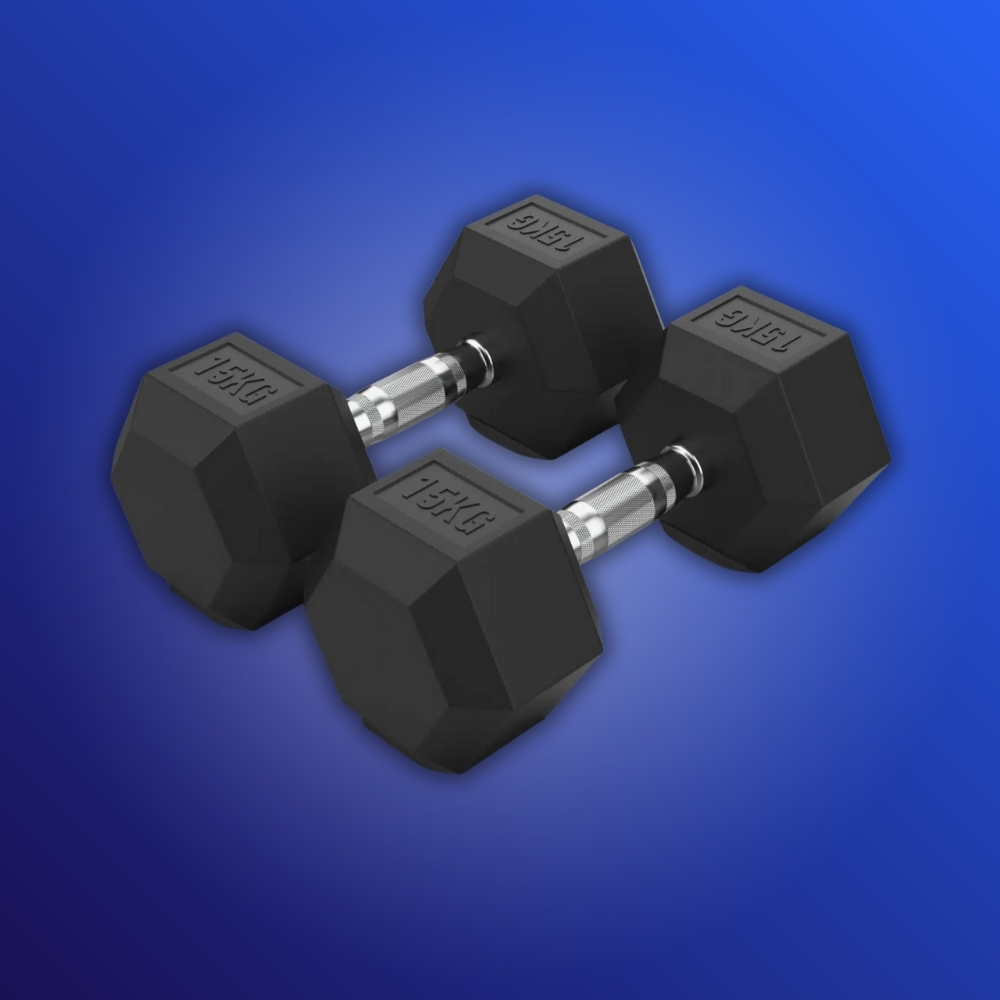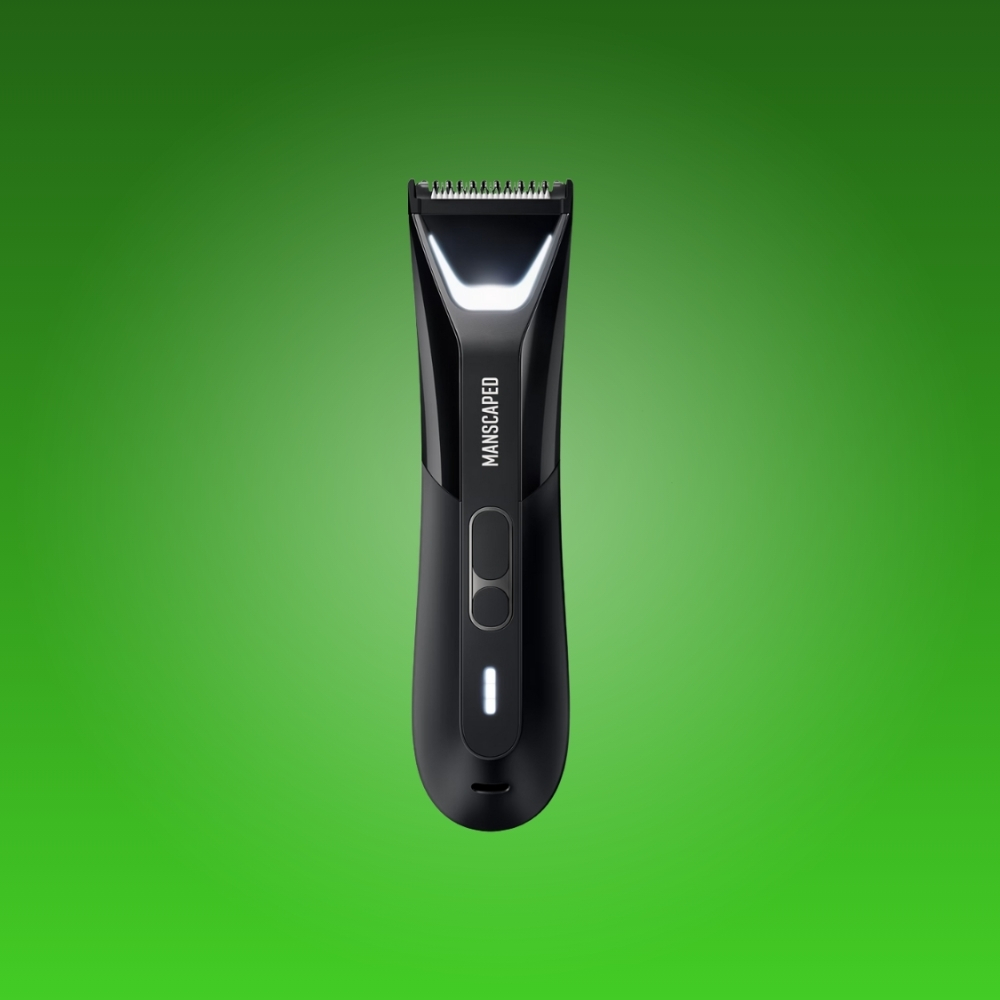Everyone has start to somewhere. And that somewhere should be here. This workout from certified strength and conditioning specialist Peter Parasiliti is the perfect introduction to effective resistance training. It’s simple, it’s tough, and it will get results – fast. “Basic multi-joint exercises are the best way to improve strength and increase size over time,” says Parasiliti. Ignore the rise of the machines, he counsels. Free weights will net you greater gains in less time.
Instructions
Do this workout two or three times a week. It should take around an hour. Alternate between 10 and 15 reps per exercise on each workout day. If you struggle to complete the designated amount of reps, simply do as many as you can and aim to improve next time. Just don’t expect Nadal-like arms in a fortnight. “The first 4-6 weeks will see neural improvements,” says Parasiliti. Your strength will improve, as your body’s circuitry tunes itself up to cope with your training, but muscle gains will only begin after six weeks. Stick with it. If you work them, they will grow.
If you are unsure about a technical term, click on it for a full explanation.
1. Press-ups
Sets 3
Reps 10 or 15
Rest 90 seconds
How Lie face down on the floor. Place your hands slightly wider than shoulder-width, just under your armpits. Squeeze your shoulder blades together and press yourself up off the floor, maintaining a straight body position at all times. Lower slowly until your chest is just above the floor. And repeat.
Why “It’s a simple and an easy way to start building your chest and shoulders, with the added benefit of strengthening your core,” says Parasiliti
Make it harder Spider-man press-ups. As you descend to the floor, alternate bringing yours knees towards your elbows while preventing your torso from rotating.
2. Kettlebell front squat
Sets 3
Reps 10 or 15
Rest 90 seconds
How Grab a kettlebell and hold it to your chest with each hand on an opposing side of the handle. Place your feet a bit wider than shoulder-width apart and point your toes slightly outwards. Squat down slowly, while keeping your spine neutral. You should be able to go a little bit lower than parallel with your thighs. Push back up to the starting position. And repeat.
Why “It’s an easy way to learn the squat pattern and, since the load is being held front of you, it really helps to clean up any potential movement imbalances.” Using a sufficient load, this is just as effective as a traditional squat.
Make it harder Put that kettlebell down. Now grab a heavier one. Obvious, yes – but effective.
3. Band-assisted pull-up
Sets 3
Reps 10 or 15
Rest 90 seconds
How Get a two-inch width resistance band and tie it to the pull-up bar. Pull it down and step one foot into it. Grab the bar above your head, arms shoulder-width apart, with palms facing away from you. A study in the Journal of Strength and Conditioning found this grips leads to greater stimulation of your back musculature. Pull the top of your chest all the way up to the bar. Ensure your shoulder blades are depressing and retracting with every rep. Lower slowly to the start position. And repeat. If your gym doesn’t have any resistance bands, try negative chin-ups.
Why “Pull-ups are far more effective than any type of lat pull-down using a machine,” says Parasiliti. The band allows you to effectively build the strength required for unassisted bar work.
Make it harder Bend your leg and loop the band around one knee. Less tension means less resistance, forcing you to pull up more weight.
4. Dumb-bell or kettlebell reverse lunge
Sets 3
Reps 10 or 15
Rest 90 seconds
How Holding two dumb-bells or kettlebells by your sides, step back with one foot, bending your knee so it almost brushes the floor and dropping your hips straight down. Drive through the heel of your front foot back to the start position.
Why Incorporating a lunge move into any workout puts added stress on the biggest muscles in the body. It also helps to improve functional flexibility without compromising the lumbar spine.
Make it harder Lunge to the side. Essentially a squat movement using a different plane of motion, this will recruit a greater amount of muscle fibres.
5. Inverted row
Sets 3
Reps 10 or 15
Rest 90 seconds
How Using a Smith machine or a squat rack, set the bar about 3-4 feet above the ground. Grab the bar with palms facing down and your arms full extended. Your body should be a straight line from head to your heels on the floor (toes pointing up). Row yourself up to the bar and touch it with your sternum, ensuring you squeeze your shoulder blades together. Slowly lower back to the start position. And repeat.
Why “This is a fantastic way to build some basic back strength and help coach your shoulder blades to work in unison with your shoulders,” says Parasiliti.
Make it harder Try the move with palms facing towards you, or attempt unilateral rows (one arm at a time).
6. The plank
Sets 3
Hold for 20-60 seconds
Rest 90 seconds
How Lie on the floor on your stomach and place your forearms under your chest. Contract your abs as you lift your torso, hips and legs off the floor in unison. Your body should be straight and stiff from head to toe. Hold this position.
Why The plank works those deep core muscles that sit-ups can’t reach, and builds the core stability which is crucial for spinal health.
Make it harder Once you’re able to hold the plank for 3 sets of a 60 seconds, then it’s time to get some balls. Using the same plank position rest your forearms on a Swiss ball. Extend your arms forward and backwards, side to side or in circles while keeping your trunk completely still.
This article originally appeared on MensHealth.co.uk













